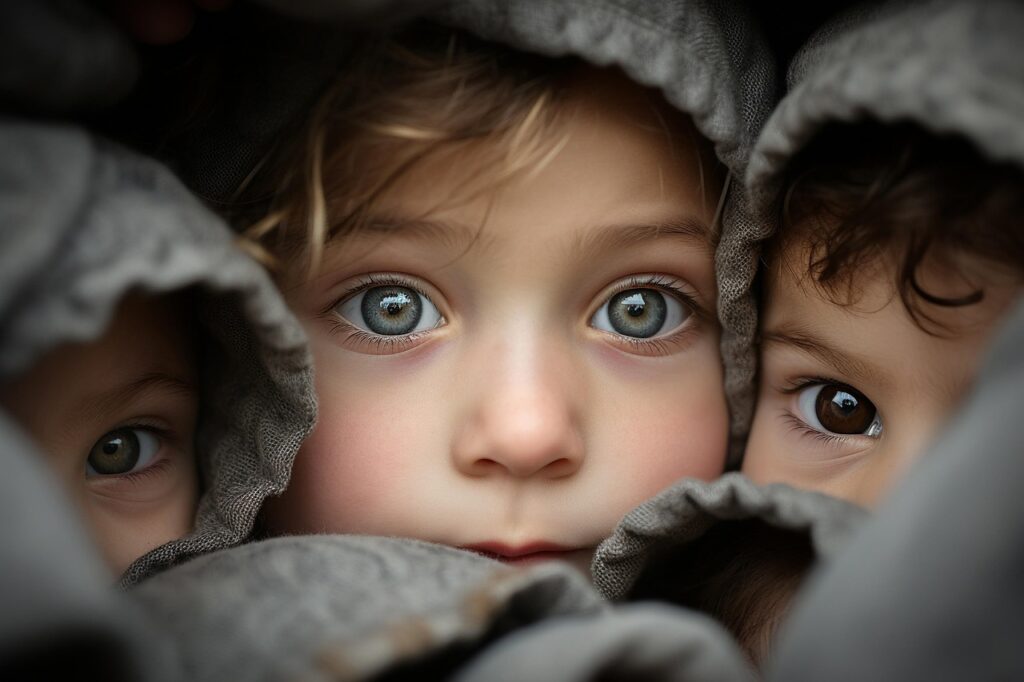
Today is May 25th and on this day in history, we pause to remember the children who never made it home. National Missing Children’s Day began in 1983, born from the kind of tragedy that rewrites the rules of ordinary life—six-year-old Etan Patz disappeared on his way to school in Manhattan four years earlier, and suddenly every parent understood that the world could swallow a child whole between breakfast and lunch.
The morning Etan walked those two blocks alone for the first time, his mother watched from the fire escape. She could see partway down the street before the city’s geometry took over—buildings and corners and the thousand small decisions that make up a day. He wore his favorite shirt, the one with the little airplane. Such a small detail to carry the weight of everything that followed.
What strikes me about that moment isn’t the disappearance itself but the before—the ordinary Tuesday morning when a mother decided her son was ready for two blocks of independence. How many times do we stand at these thresholds, weighing freedom against safety, not knowing we’re making choices that will echo for decades? Every parent since has felt that particular gravity, the way trust and terror sit so close together they share the same heartbeat.
The milk cartons came later, those grainy black and white faces staring out from breakfast tables across America. We learned to live with the constant reminder that children could simply vanish, that the world contained spaces where people disappeared without explanation. The faces became part of our landscape, like stop signs or street lights—safety measures we absorbed without thinking.
But something else happened too. We started looking differently at the children around us. Not just our own, but all of them. The way they move through space with that particular confidence of the young, how they assume the world will hold them. We became a society of people who noticed empty swings, who counted heads at playgrounds, who understood that protection is both everything and never enough.
The statistics tell one story—most missing children return home, most cases resolve safely. But numbers can’t measure the way absence changes the air in a room, how a child’s empty bed becomes a kind of altar. Or how strangers will search through woods and distribute flyers for children they’ve never met, because some losses belong to all of us.
Today we remember not just the missing, but the spaces they left behind—the way love persists even when its object has vanished, how hope becomes both burden and necessity. We remember that protection is an act of faith, repeated daily, in a world that offers no guarantees except the ones we make to each other.
Leave a Reply